German painter and graphic artist Hans Baldung worked in Durer’s workshop and experienced his influence. Wrote a series of paintings depicting nude figures depicted in full length. The painting of


German painter and graphic artist Hans Baldung worked in Durer’s workshop and experienced his influence. Wrote a series of paintings depicting nude figures depicted in full length. The painting of
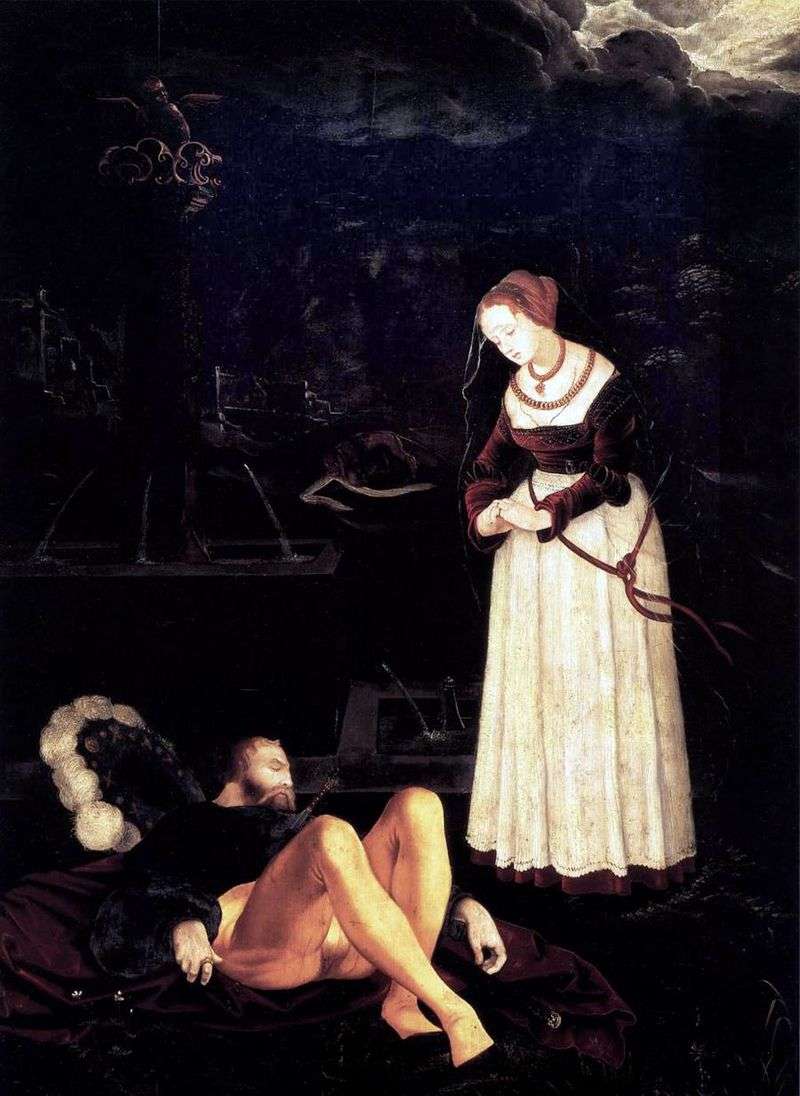
Unusually interpreted Baldung Green popular in German art of the XVI century. the story of Piram and Fisby, narrated by Ovid in “Metamorphoses.” Unlike his contemporaries, who usually portrayed the
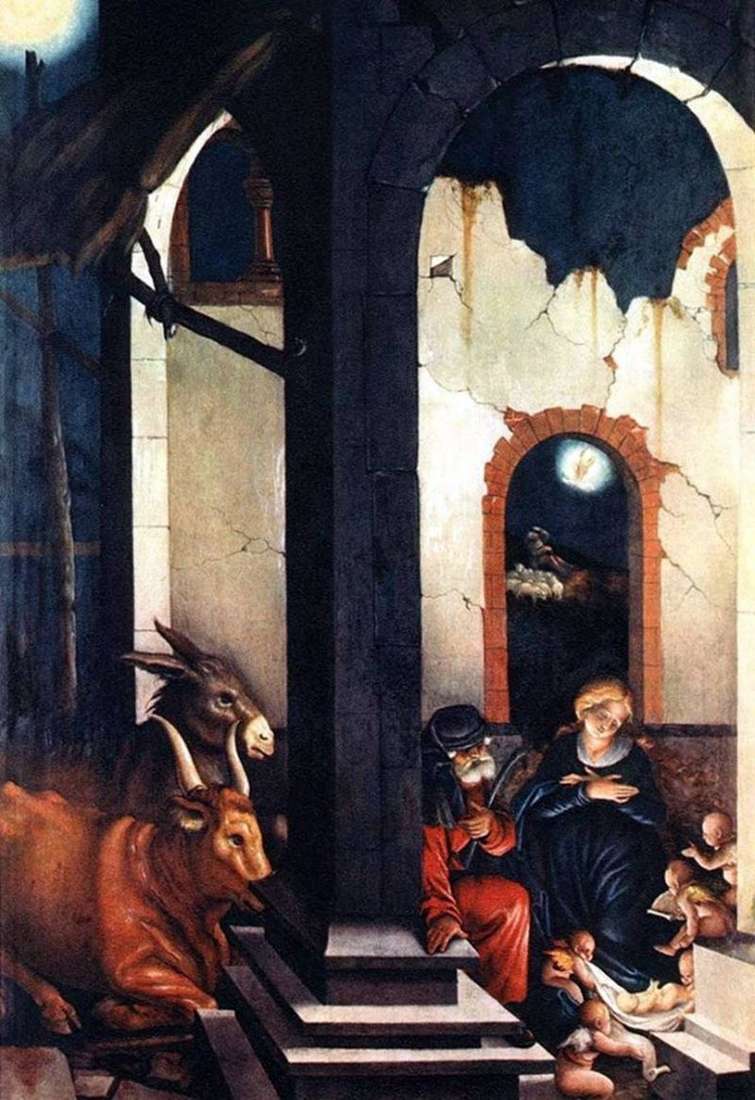
One of the best works Baldung – “Christmas Christ” – inherent in the charm of simplicity, fairy-tale, genuine nationality. He is interested in the transmission of contrasts of dense nighttime
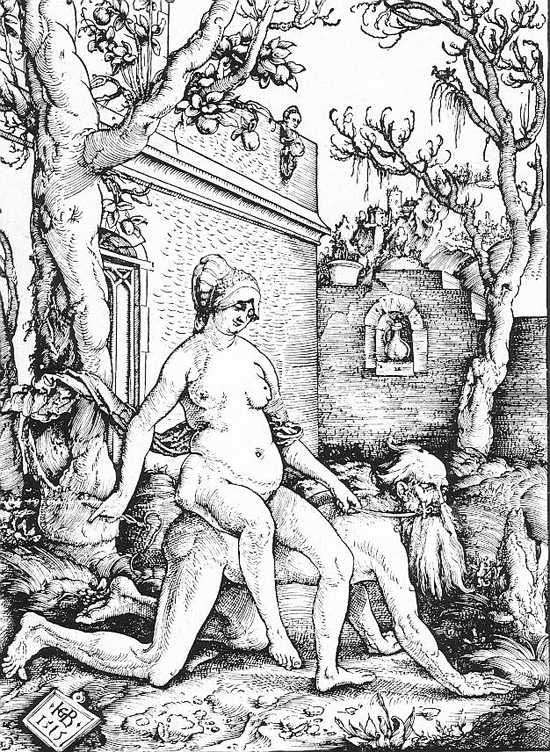
Engraving “Aristotle and Phyllis.” In the Middle Ages in Europe was a popular legend about the great ancient Greek philosopher Aristotle, who was the teacher and mentor of Alexander the
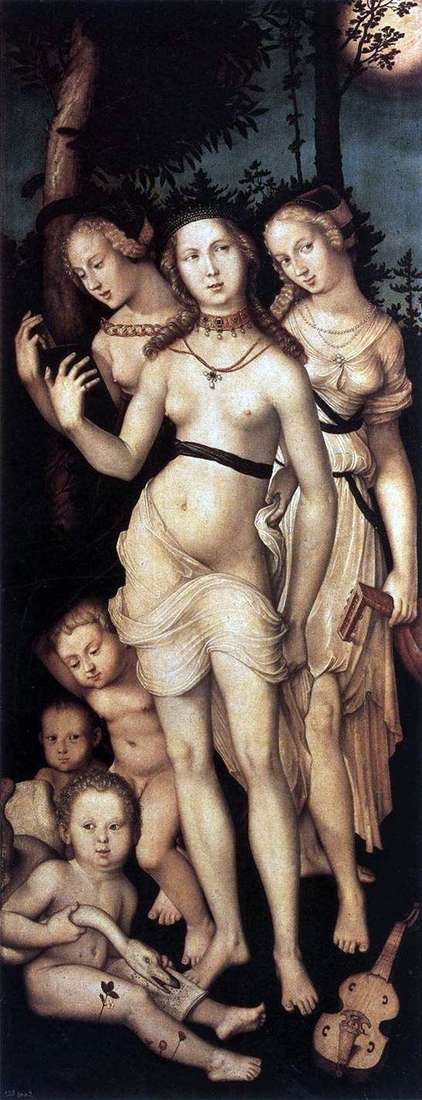
One of the best paintings Baldung – “Three Graces” – inherent in the charm of simplicity, fairy-tale and purity. Baldung is interested in conveying the contrasts of the dense nighttime
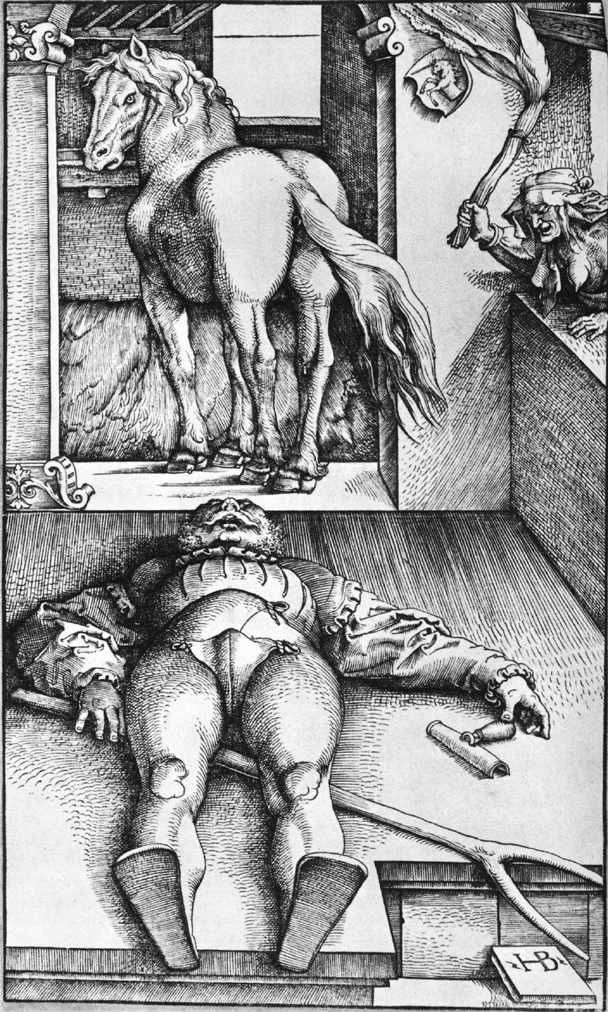
Hans Baldung Green was the most resourceful and talented pupil of Durer and was distinguished for his special style. The works of Hans Baldung were expressionistic, creative, bright and colorful.
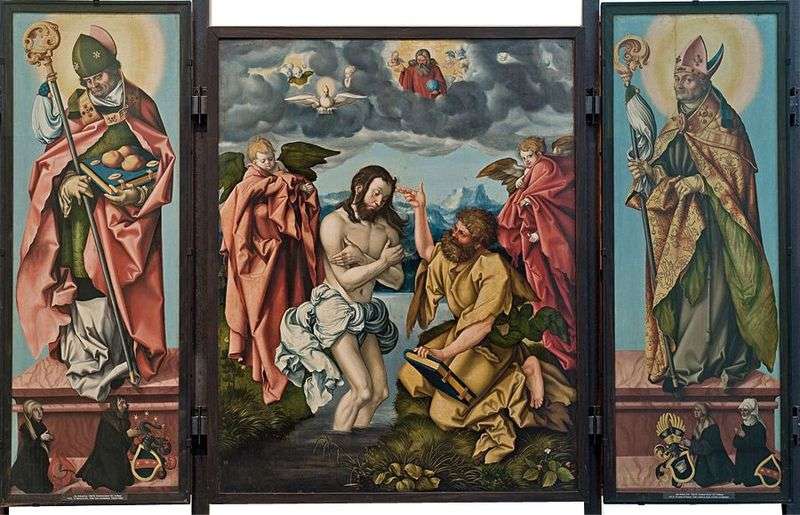
“The Altar of John” depicts the scene of the baptism of Jesus Christ in the waters of the Jordan. The rite of baptism is conducted by John the Baptist, accompanied

Medieval theological science identified five key concepts of witchcraft: a deal with the devil, coition with the devil, flight of a witch, a coven and spells of witchcraft. According to
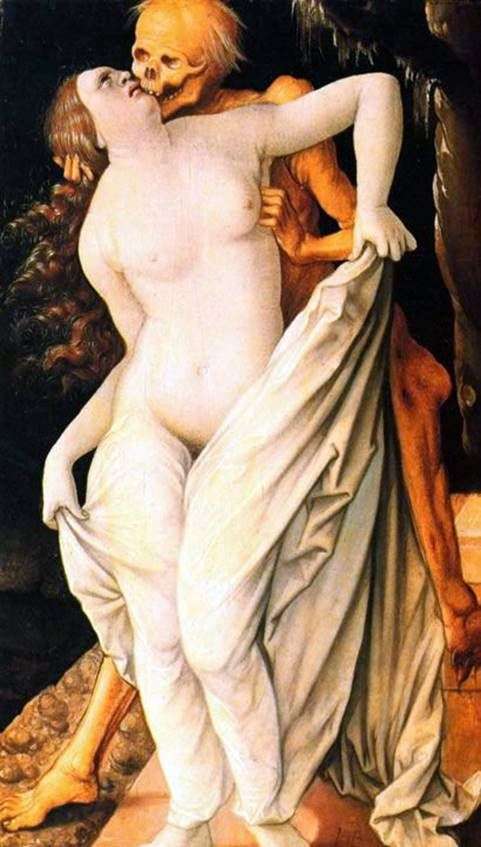
The largest sculptor of southern Germany in the late 15th century was one of the most outstanding figures of the German Renaissance – Tilman Riemenschneider. In the creative work of
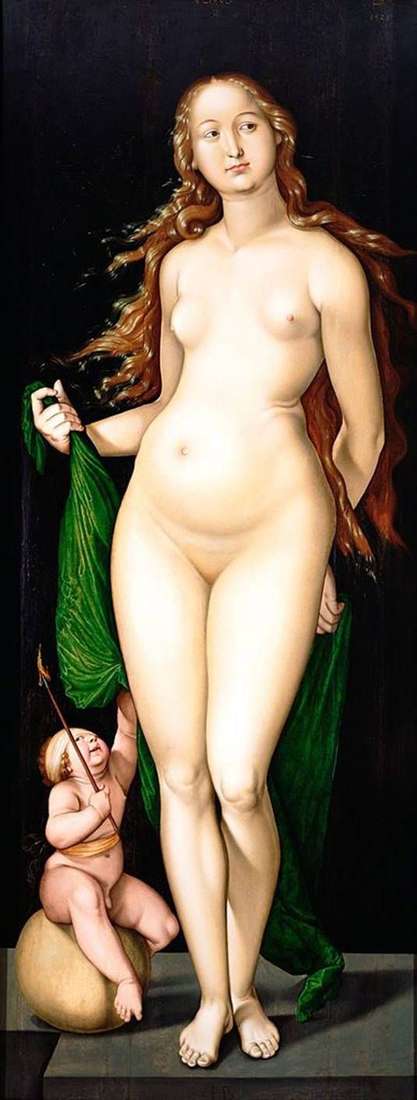
During the first two decades of his work, Baldung did not resort to ancient subjects. One of the first ancient heroines was Venus in the film “Venus and Cupid.” Venus
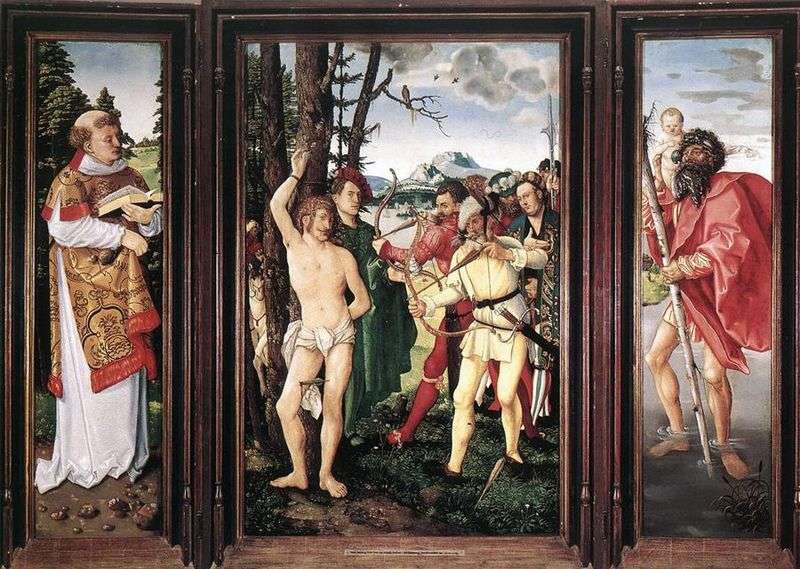
The altar of “Saint Sebastian”. On the central panel of the altar, Hans Baldung Green depicts Saint Sebastian, who is shot by two archers, while Green himself is behind the
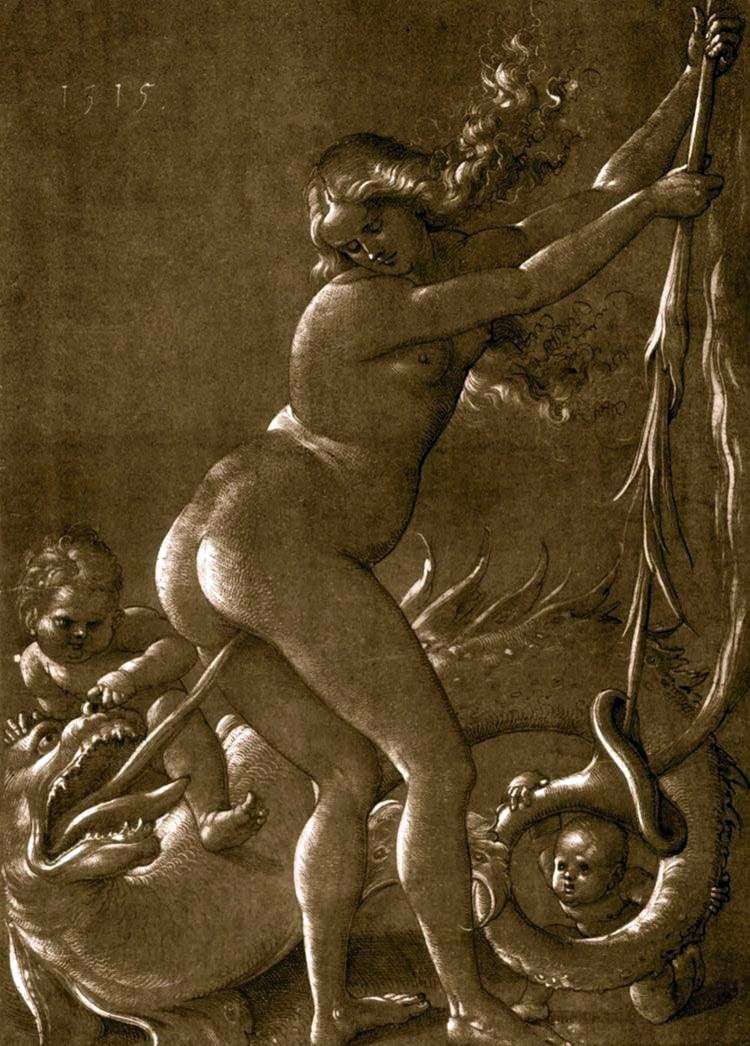
From the history of the German engraving of the Renaissance. The flourishing of the cutter engraving on copper began already in the middle of the 15th century. Earlier, wood engraving

Baldung Green uses his knowledge of the nature and skill of the draftsman also to create plot drawings on religious, mythological and fairy-tale themes, in which his inherent passion for

Hans Baldung Green created many beautiful altars. In the German city of Freiburg-in-Breisgau, there is the famous cathedral of Our Lady, which is called the Freiburg Munster. The main altar
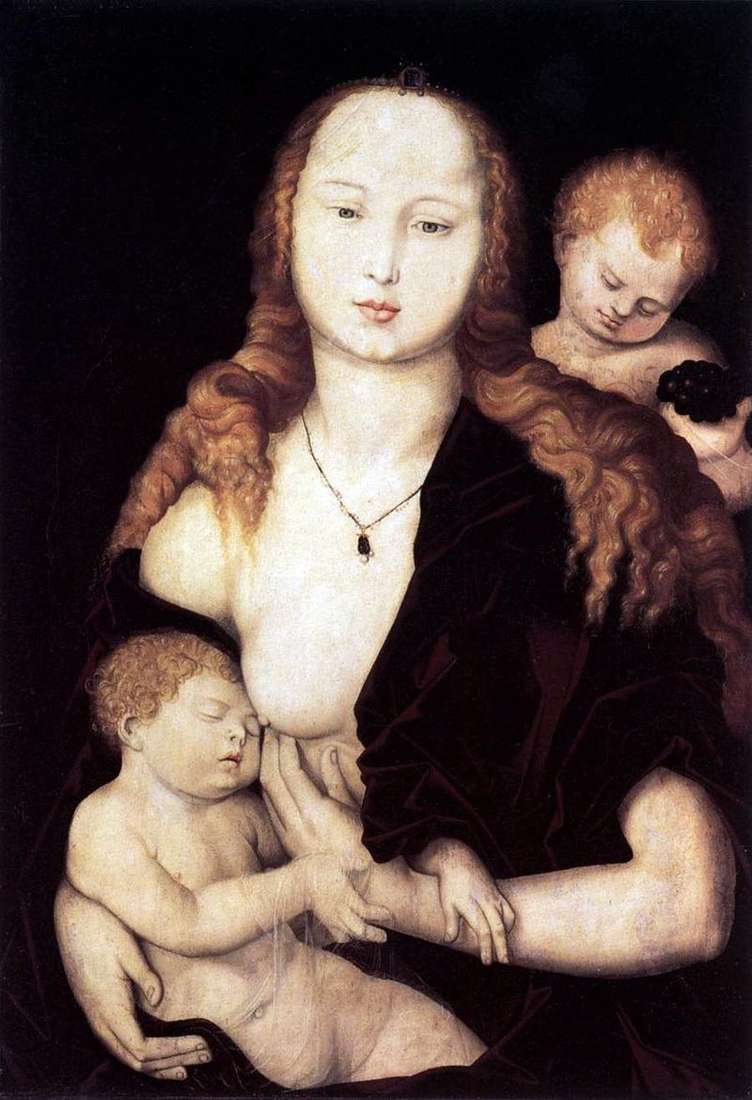
The painting “The Virgin with the Child” was written in the late period of the artist’s work and it differs from his early compositions primarily by the lack of decorative
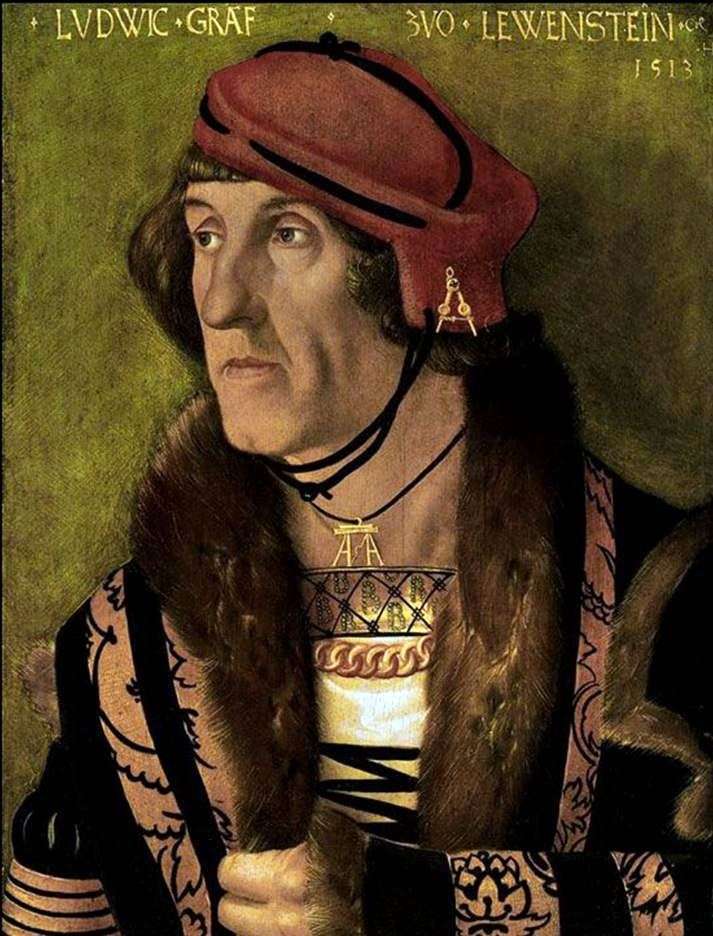
“Portrait of Ludwig Levenshtein”, stored in the state museum in Berlin, is considered one of the best portraits created by the artist. Renaissance rationalism, especially reflected in Baldung portraits, is

How passionately loved Greene’s life, can be seen at least from the extent to which he was occupied with the problem of death. In close connection with the problem of

In the painting of Baldung, this last side of his work takes over. His main painting work is the large multi-leaf altar of the cathedral in Freiburg, still relatively quiet,
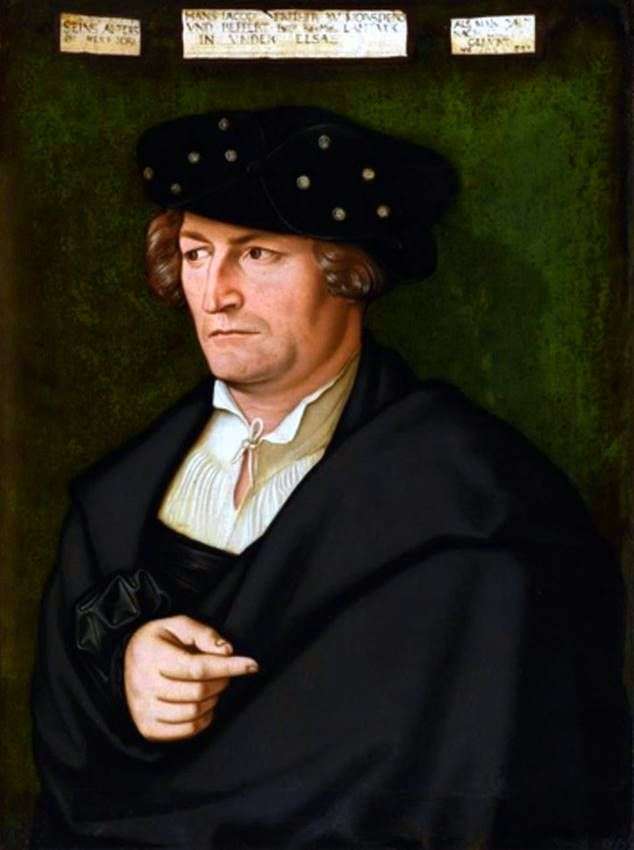
For the development of realistic trends in German painting in the second half of the 15th century, the linking of individual masters with the more purposeful in their advanced conquests
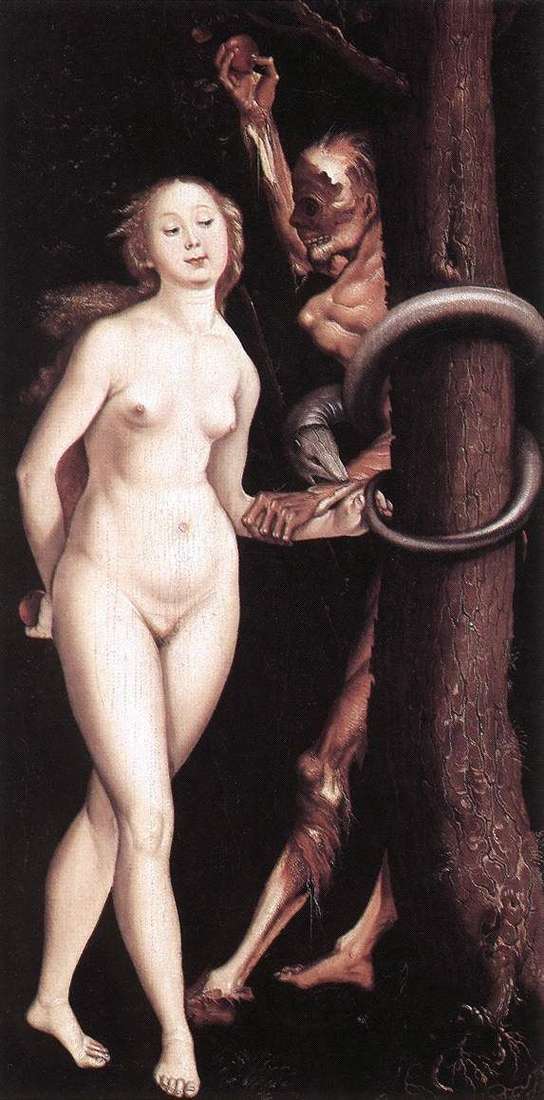
Hans Baldung Green is an extremely original master, whose creativity is whimsically intertwined with Renaissance features with medieval symbols, fiction and elements of emerging Mannerism, an artistic direction that was

Picture “Adam and Eve.” The most frivolous, from the point of view of tradition, the poses and gestures of the ancestors in the scenes of the Fall, created by other